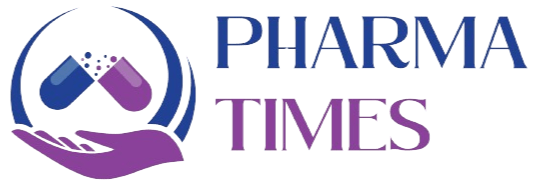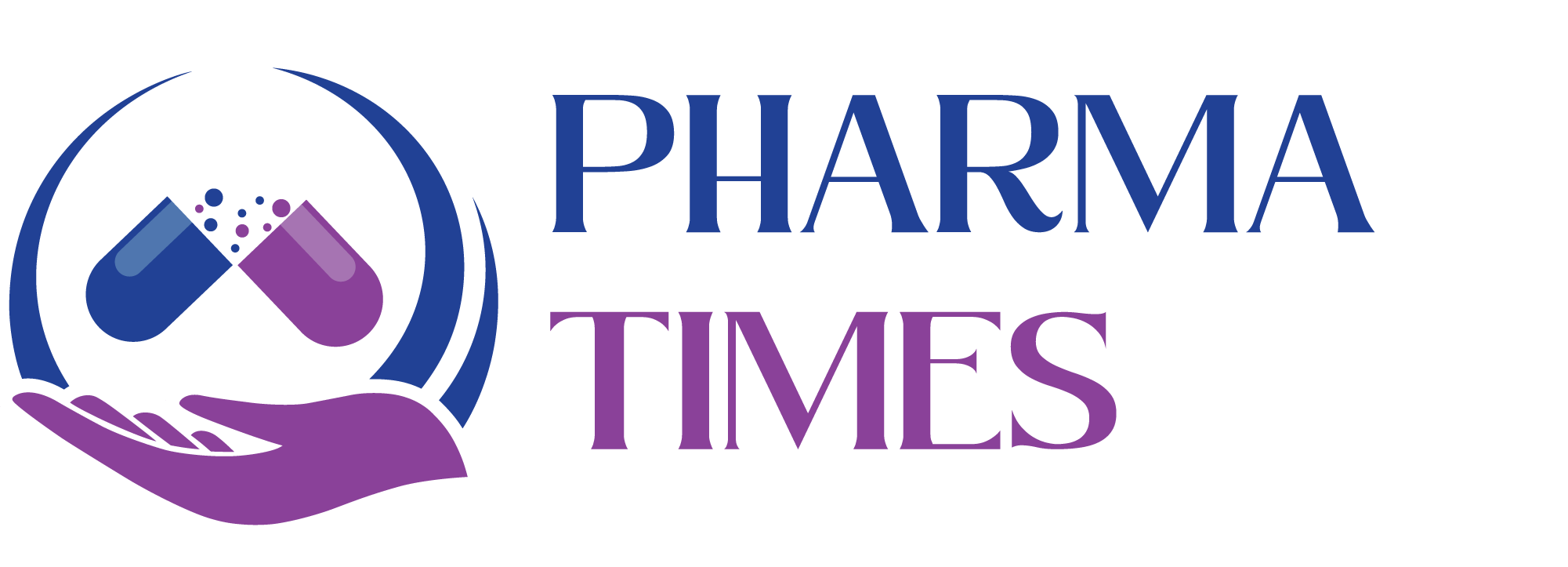SOP for Validation of Visual Checking Inspectors.

Standard Operating Procedure (SOP)
1. Purpose
To define the procedure for the qualification and validation of visual checking inspectors, ensuring that they have the necessary skills and knowledge to accurately perform inspections and meet quality standards.
2. Scope
This SOP applies to all personnel responsible for performing visual inspections of products, packaging, or materials at [Facility/Organization Name].
3. Responsibilities
-
Training Coordinator/HR: Ensure training and documentation for all visual checking inspectors.
-
Quality Assurance (QA) Department: Oversee the validation process and ensure inspectors meet the required standards.
-
Visual Inspectors: Participate in validation activities and demonstrate their proficiency in visual inspection tasks.
-
Area Supervisor/Manager: Ensure that visual checking inspectors are regularly assessed and compliant with the SOP.
4. Definitions
-
Visual Checking Inspector: Personnel assigned to visually inspect products for defects, non-conformance, and adherence to specifications.
-
Validation: The process of demonstrating that visual checking inspectors can consistently identify defects and meet established inspection standards.
-
Defects: Any discrepancies or deviations from quality specifications, including physical, packaging, and labeling defects.
5. Procedure
5.1 Initial Training
-
All visual checking inspectors must undergo comprehensive training, which includes:
-
Product Knowledge: Understanding the specifications of the product to be inspected.
-
Inspection Techniques: Training in effective visual checking methods (e.g., lighting, magnification tools).
-
Defect Identification: Learning the types of defects (e.g., surface imperfections, incorrect labeling, etc.).
-
Documentation: Proper recording of inspection results and deviations.
-
5.2 Validation Process
-
Step 1: Practical Test
-
The inspector will be required to perform a visual inspection task based on predefined criteria (e.g., inspecting sample products for defects).
-
A set of test samples, some of which will have known defects, should be provided for evaluation.
-
-
Step 2: Observation and Evaluation
-
A qualified QA officer or supervisor will observe the inspector performing the task.
-
The evaluator will check for:
-
Accuracy in identifying defects
-
Consistency in applying inspection criteria
-
Proper use of inspection tools (e.g., magnifying glasses, lighting)
-
Correct documentation practices
-
Understanding of non-conformance procedures
-
-
-
Step 3: Scoring and Evaluation
-
Inspectors will be evaluated using a standardized scoring system (e.g., pass/fail or scoring on defect identification accuracy).
-
If the inspector identifies the correct defects with no significant errors, they will pass the validation.
-
If any errors are noted, the inspector will be required to undergo additional training and revalidation.
-
5.3 Requalification
-
Annual Revalidation: Visual checking inspectors must be requalified annually to ensure skills are up-to-date.
-
Post-Incident Requalification: In case of recurring errors in inspections or during audits, the inspector will need to undergo requalification and retraining.
5.4 Ongoing Monitoring
-
Supervisors must conduct periodic spot checks to ensure ongoing compliance with inspection standards.
-
Defect rates and inspection accuracy should be monitored continuously, with corrective actions taken when needed.
6. Documentation
-
Validation Checklist: Used to assess inspector performance during the validation process.
-
Training Records: Documentation of completed training programs for each inspector.
-
Requalification Records: Records of periodic requalification assessments.
-
Inspection Reports: Documentation of results from the visual inspection process.
-
Defect Log: A record of detected defects, including product details and inspector comments.
7. Acceptance Criteria
-
Inspectors must be able to identify defects with at least 95% accuracy.
-
Consistent adherence to inspection procedures and documentation practices.
-
Must pass practical tests and evaluations within two attempts; additional attempts may require retraining.
8. Safety and Compliance
-
Inspectors must follow standard hygiene and safety procedures (e.g., proper hand washing, use of PPE) during inspection tasks.
-
Ensure compliance with GMP (Good Manufacturing Practices) or any other applicable regulatory standards.
-
Inspectors should work in a well-lit environment to prevent visual errors.
9. References
-
ISO 9001 Quality Management Systems
-
GMP Regulations (where applicable)
-
Product Inspection Standard Operating Procedures
10. Annexures
-
Annex 1: Visual Inspection Test Samples (Sample Images and Defects)
-
Annex 2: Visual Inspection Checklist Template
-
Annex 3: Inspector Performance Scoring Rubric
-
Annex 4: Training Program Overview.
🎓 Discover one of the best Quality Assurance courses available — click below to explore the course that’s shaping future QA skills.

